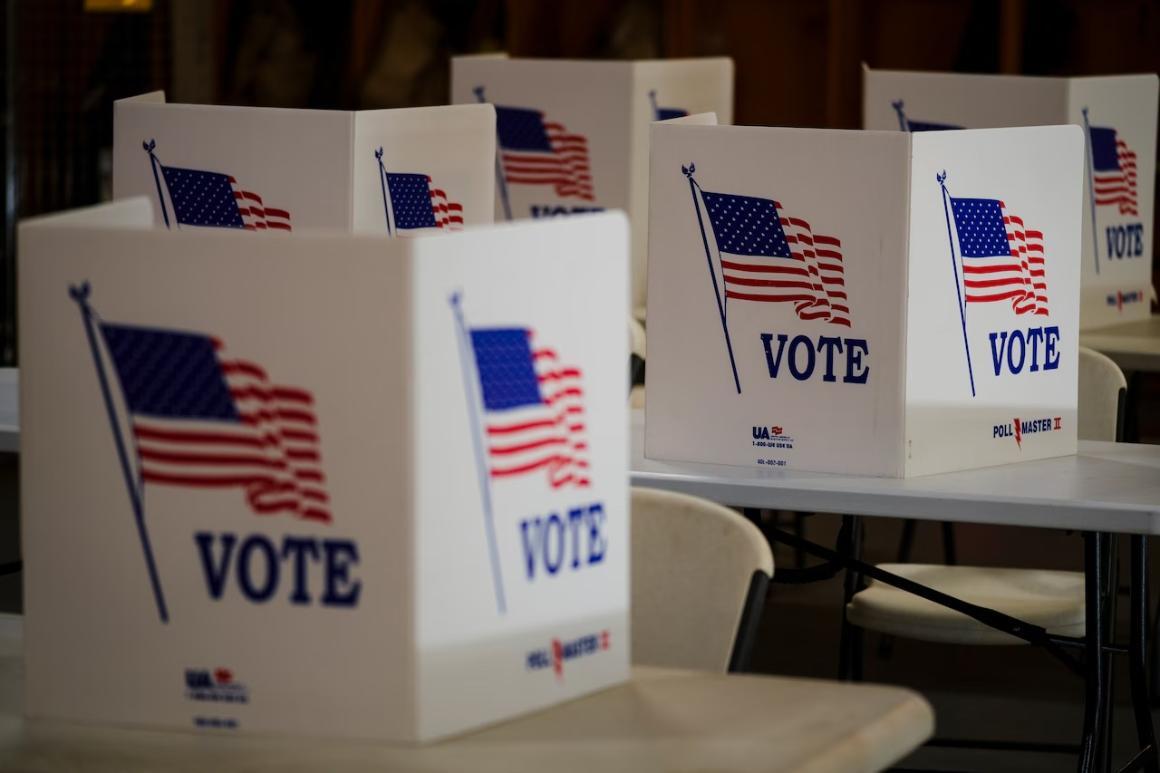
Headscarves and Human Rights
As an Iranian-American, I've had the privilege of being exposed to different cultures. I was born here, but my parents were raised in Iran, which has immersed me in a clash of tradition and modernity-a clash that for me has a visual symbol: the headscarf.
In Iran, girls are forced to wear headscarves in public at the age of nine. I have had the experience of visiting Iran before and after I had to abide by the rule. As a nine year old, I was excited to be a part of the community; I finally was able to look like everyone else. Yet as I grew older, I started to loathe wearing a headscarf during my summer trips to Iran. I was hot and uncomfortable; I could not comprehend why I was forced to wear something that bears meaning to some, and less to others, including me.
During my last trip to Iran, I visited the highly respected mosque in Mashhad, located in northeastern Iran. Fully covered, I respectfully entered, only to come out frustrated. The mosque was split by gender; in the women's section, I sat with my grandmother while she prayed, only to be hassled by a woman tending the section for one strand of hair that poked out from my head covering. I was mortified. I had never considered a strand of hair as something offensive enough to warrant a scolding. When the government focuses on something that trivial, the headscarf, which is supposed to signify respect, loses meaning.
The degradation of what many people see as a religious symbol pushed me from disappointment to anger. I felt that the overzealous enforcement of such a rule not only devalued the symbol of the headscarf, but also limited the rights of women in such a negative way that I questioned the legitimacy of the law.
At the same time, I question banning headscarves altogether; countries including France and Turkey ban wearing a headscarf, at schools in the former and at any public building in the latter. Recently, however, Turkey's Prime Minister Recep Tayyip Erdogan and President Abdullah Gül pushed to revise the current constitution, focusing primarily on lifting the ban on headscarves at universities. The prime minister argued that "the right to higher education cannot be restricted because of what a girl wears. There is no such problem in Western societies, but there is a problem in Turkey, and I believe it is the first duty of those in politics to solve the problem."
Revising Turkey's constitution is a step in the right direction. Both banning headscarves and mandating headscarves seem like mistaken policies to me. I feel that the fundamental rights of women to express themselves are hindered in both situations.
To me, the United States' approach makes the most sense. We are lucky to live in a country where we each have the freedom to express ourselves physically and religiously, according to our own beliefs. The headscarf has different meanings to different people; it may be seen as a symbol of religion, of tradition, and sadly, of oppression. When women can choose whether to wear it or not, they are free to demonstrate their own attitude towards this symbol. By example, this freedom has the power to impact the rest of the world.
Roujin Mozaffarimehr is a senior political science and Italian major at Santa Clara University and a Hackworth Fellow at the Markkula Center for Applied Ethics.



